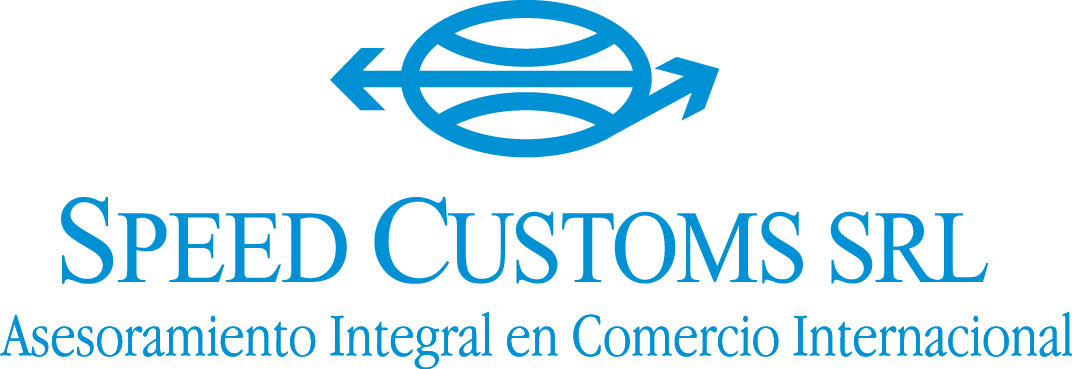Documentation
MIC/DTA (Manifesto International Cargo – Transit Declaration Customs)
This document is used only in the mode of land transport of freight by road, and especially with the countries that are bordering Argentina, on charges of export and transit. Its essential function is to contain the data of the means of transport carrying the goods, since it is a document that is accepted on both sides of the border.
In addition, it contains the data referred to the description of the goods, the customs of departure and destination, instead of crossing, trip duration, number of precinct, shipper, consignee, carrier, N. C. M. and date of issuance and the effective load.
All fields of this form are described in the language Spanish and Portuguese.
Bill of lading
It is the most important document in loads terrestrial given that fulfills the same functions as the ocean bill of lading, that is to say that it grants ownership of the goods to the holder of the same.
Usually, this is issued by the land transport company.
Include the following data:
Exporter.
Consignee.
Importer.
Place and date of issue.
Detail of the load: weight, quantity, volume, lumps, description.
Freight, whether paid or is payable at destination, and amount.
Route and time of transportation.
Marks and numbers.
Customs office of exit of the country of export and the customs office of entry in the importing country.
Formalities for the clearance of the merchandise.
Statement of the value of the merchandise.
Attached documents (copies of invoice, certificates, etc).
According to the requirements of banking and timely manner agreed upon between the exporter and the importer, the original documents of the goods can travel with the means of transport, or be sent separately.
Bill E / Commercial Invoice
The rules, customs, currency and tax required to be able to export, the proof that supports the export operation, including those in the special customs area, must be identified with the letter “E”.
List of Emparque / Packing List
Its purpose is to inform the content, gross and net weight of the goods to be exported, according to how it is packaged.
Issued by the exporter in sheet letterhead of the company, and the main data contained on it are:
Data from the importer.
Data exporter.
Marks and numbers of packages.
Place and date of issue.
Mode of shipment
Number of packages and description of goods.
Total gross and net weights.
Type of packaging.
Stamp and signature of the exporter.
Usually, this document is not highly required in the operations of trade international, depending on this factor, the nature of the goods.
Generally, it is requested in large shipments, or in those where there are a variety of types of merchandise.
If shipment contains only one type of merchandise, this document may be obviated.
Annex a model of this document.
Certificate of Origin
This document certifies the origin of the goods of the exporting country, to be submitted by the importer, if, is that there are agreements from the tariff preference between countries.
Each country determines the authorized body for broadcast, for example in our country is issued by the Argentine Chamber of Commerce and the Chamber of Exporters of the Republic of Argentina.
Is issued in Original and 2 copies and have no amendments or scrapes. Its validity period is 180 days after it is issued and may not have prior to the date of the issuance of the commercial invoice that covers the load.

